Pinterest, the social media obsession of the moment, has exploded on to the social networking scene, amassing as many as 13 million global users in 10 short months. It has attracted mega-column inches, accompanied by a scrabble from brands across categories to use it for marketing.
Those working it cleverly include BMI, Land’s End and Barney’s New York. While an image-led approach works for brands such as BMI, it’s a harder sell for fmcg, which could be one reason for the comparatively low-level fmcg noise.
Danone, McVitie’s, Lucozade, Fanta, Knorr, Marmite - brands you’d expect to be there just aren’t. Couple this with people pre-empting brand presence and pinning big names such as Ribena, Bonne Maman and Hula Hoops themselves, and the opportunity is clear.
The promotional route is incomparable in hiking traffic through special offers and freebies. Yet for fmcg brands, delivering a tactical call to action needs to be integrated with a strategic approach to drive long-term engagement with the Pinterest population. This is where Coca-Cola has been clever. Rather than post bottle shots or nostalgic advertising, it has illustrated what happiness means to it as a brand on a variety of boards (be together, active, giving, in the moment), encouraging users to participate with the brand in an interactive, resonating way.
Whole Foods is another smart user much of its content is taken from interesting blogs and other relevant sources including DIY tips, recipes and more. This makes it like any other user, and so gives it invaluable credibility.
As Coca-Cola and Whole Foods demonstrate, stickiness in Pinterest comes from levering brand values, exploiting themes rather than products, and engaging in two-way communication.
Yet there is a note of caution. While the site is getting a lot of media traction, it is still a niche network with only 200,000 users in the UK.
With Pinterest, brands need to look long and hard at the ROI, and balance that with refining their activity on Facebook and YouTube with fresh, entertaining and sharable content and dialogue - because that’s where the critical mass continues to be.
Sign in to comment on this article
Not logged in before? Register for FREE guest access today.
You will be able to:
- Read more stories
- Receive daily newsletters
- Comment on stories
Advert








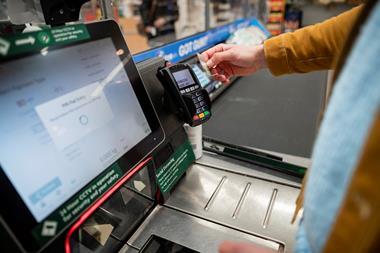
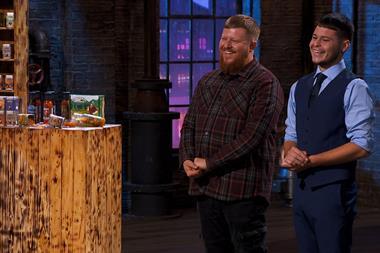
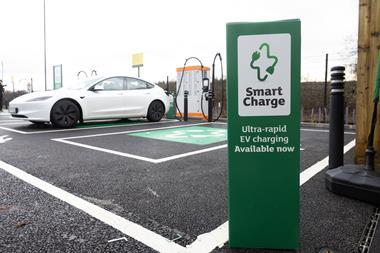
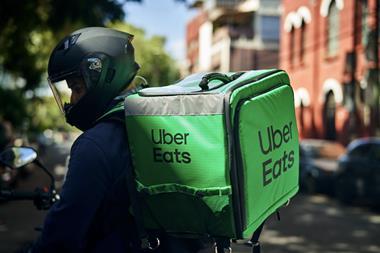

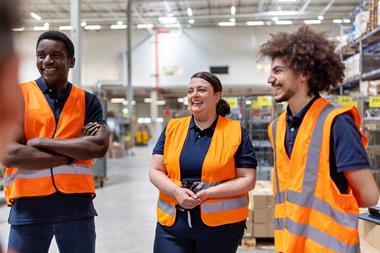


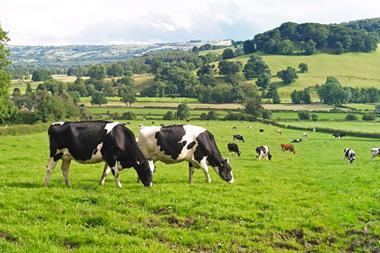

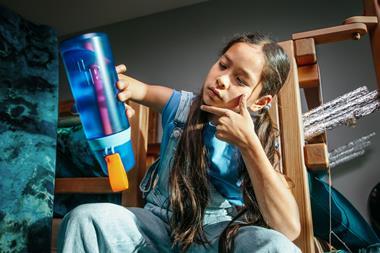
1 Readers' comment